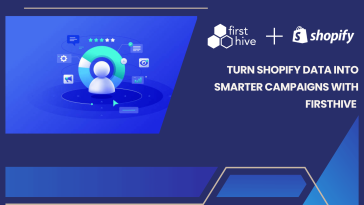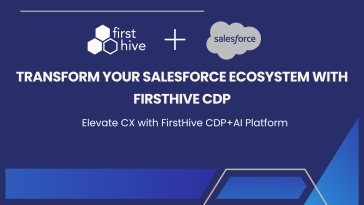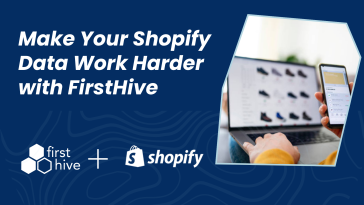
Marketing today is driven on the belief that the practice of marketing to the average consumer is a fallacy. While some brands would still like to create personas and try and group customers on basis of their transaction patterns, their demography, or other such attributes, the fact is that customers do not like being classified as a ‘cohort’.
As a consumer, I do not wish for any brand to treat me as part of a larger cohort but rather connect with me as a ‘human’. While this is a real problem even in the B2B space, the audience is typically more forgiving since you are interacting with them in the context of their brand. But this becomes exemplified in case of B2C where you are dealing with millions of individual customers, across a wide geography, each wanting to be treated as unique in exchange of their loyalty. And this is where many brands are now realizing that traditional B2B marketing tools fail to impress when it comes to dealing with unnamed customer interactions, gathered from millions of individual touchpoints generated across a variety of channels.
A key difference in B2B versus B2C marketing automation is in terms of the channels used, as well as the scale of operations. Let’s explore a few differences that brands need to be wary of:
| B2B Automation | B2C Automation | |
| Addition of contact in system | Contact starts off as a named entity with known contact vectors | Contact starts off with a unnamed, anonymous persona (depicted by channel Id), mapped to a particular channel interaction |
| Channels to track | Channels including email, SMS, website act as lead sources | Also includes social channels in addition to mobile apps and Point of sale transaction data mapping |
| Unified view | Data is unified from the named information (typically email and phone) | Data unified from multiple sources through a algorithmic, probabilistic model |
| Cross Channel view | Cross channel activity possible across named channels (email, SMS, phone) | Cross channel activity possible across named and unnamed channels |
| Access and data provisioning | Named user data fed to teams/ channels | Interaction history and channel access provided to teams or external agencies |
| Key Focus | Feeds into a System of Record (SoR) | Is a System of Engagement (SoE) |
Choosing the right B2C Automation partner
The Annual Marketing Technology Landscape report published by ChiefMartec showcases 3,874 Marketing Technology (MarTech) players in 2016, globally. The number of MarTech players have been doubling year on year, on an average. In this scenario, the choice of a right partner is of paramount importance for brands across the spectrum.
In light of this growing acceptance of marketing automation platforms, there have been plenty of interesting companies who have launched their marketing automation platforms. So how do you choose the platform best suited to your business.
Define your brand’s use case – are you looking for a B2B platform or a B2C platform?
Is your brand positioned towards businesses or consumers? Do you deal with a few hundred leads on a monthly basis or are you trying to engage with hundreds of thousands of customers on a monthly basis? If your response is the latter, then the customer record based pricing of platforms in the B2B space may quickly get prohibitive for your business. Time to look at alternates like FirstHive.
Look for tight integration with social
Does your business sell or engage with customers across social channels? If so, you will need to look at a platform with push and pull capabilities across social channels. You would need to ensure that your marketing platform supports the social channels that are of relevant interest to you. Whether it can pull your wall’s content including posts, comments and likes, enabling you to manage your social profiles from a single interface will become pertinent when your customers expect real-time responses to their comments on your wall.
Pricing matters
And how much are you willing to pay for such a platform? What is the ROI you are expecting from such a platform and are your internal teams and processes aligned to enable you to track the same effectively? Be sure you have these metrics in place before a purchase decision is made.
Ease of use
Does not matter whether you are a marketing novice or run large scale marketing campaigns for a living, if you are sitting in your office at 9 pm on a Friday evening trying to ensure your brand engagement across channels is optimal and giving you maximum bang for your buck, you better choose a platform with beautiful dashboards and an intuitive UI, for that is when you will realize the value of the UX the most.
Support structure
What is the level of support you expect from your marketing platform? Are you looking for a dedicated account manager to help you configure your campaigns, or are you more a do-it-yourself kinda marketer who prefers a low contact email or chat support. Keep in mind that your choices impact the value you can derive from the platforms, and may also have an impact on the price or ROI driven.








